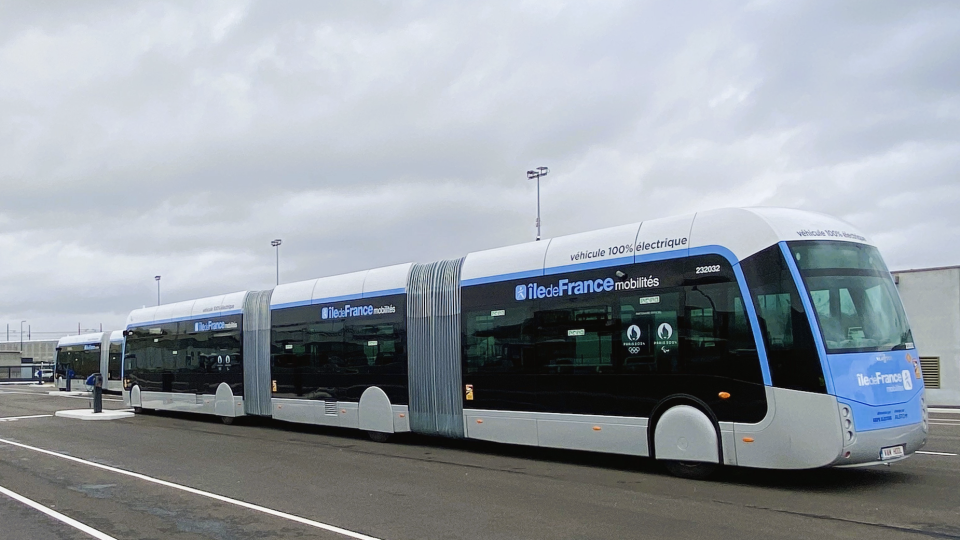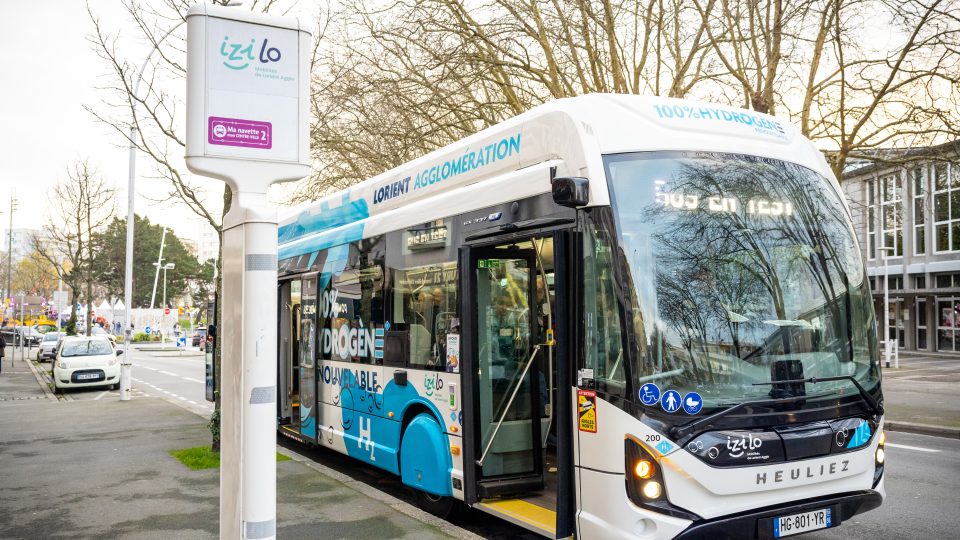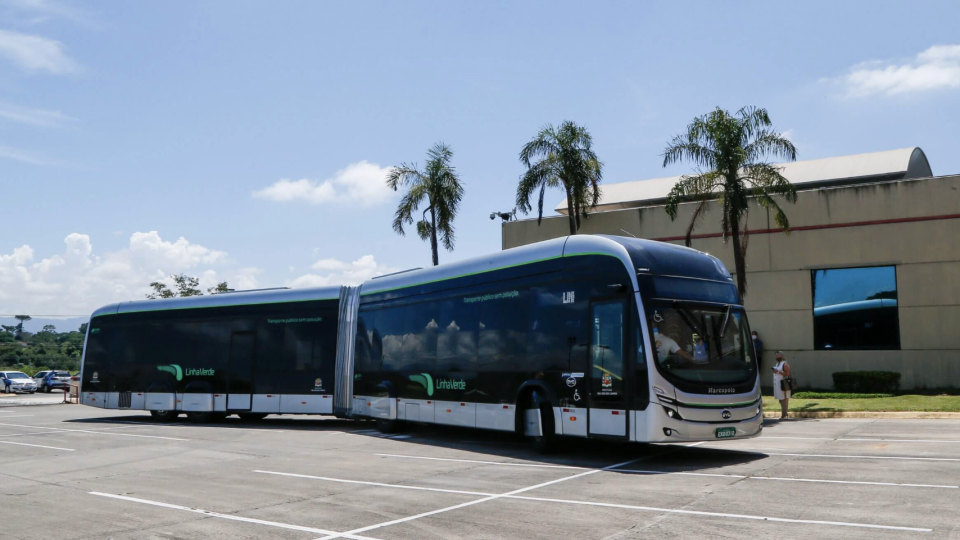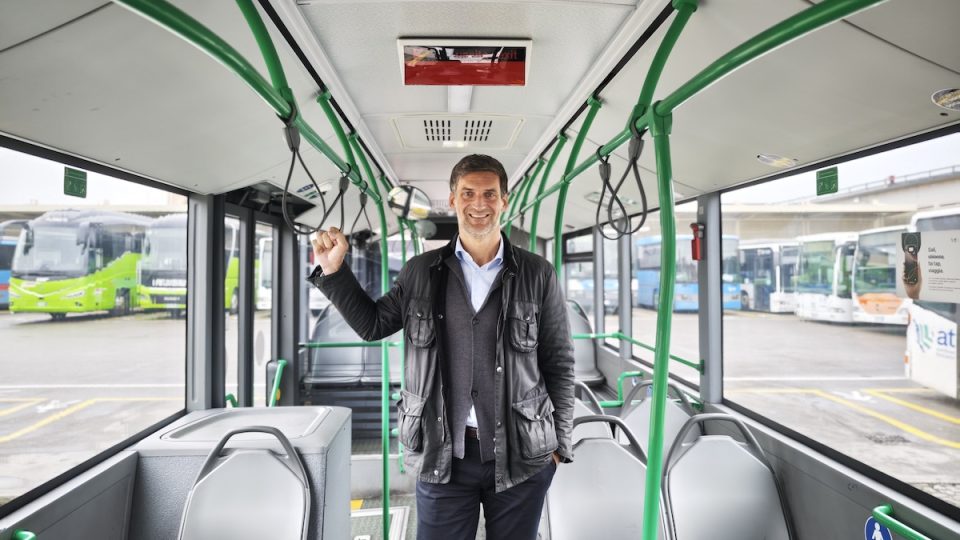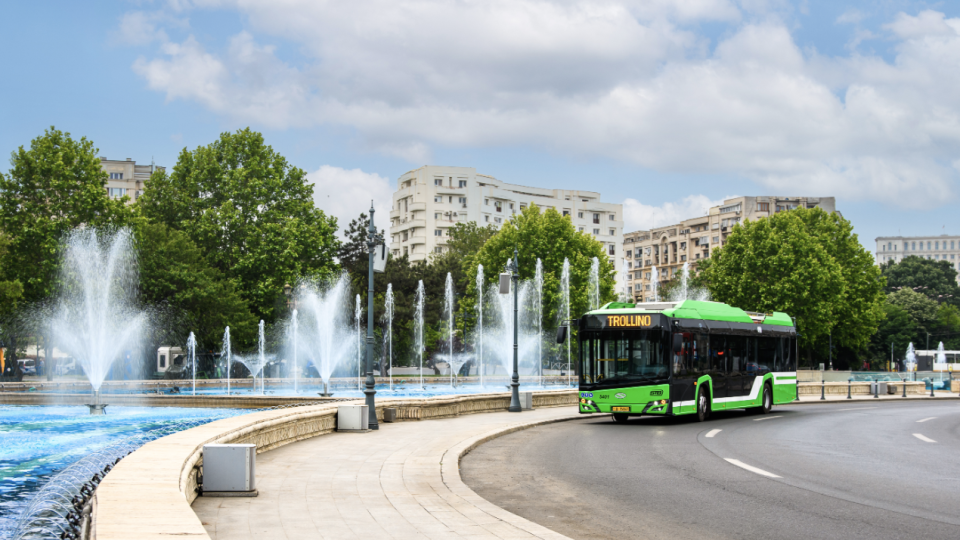The impact of Covid-19 on Indian bus operations. A survey by UITP and World Bank
What has been the impact of Covid-19 on bus operations in India? UITP and the World Bank have surveyed bus operators across India to better understand the topic. Therefore, a new Statistic Brief was published, in order to provide an overview on the specific challenges faced by the sector and practical solutions needed to address […]
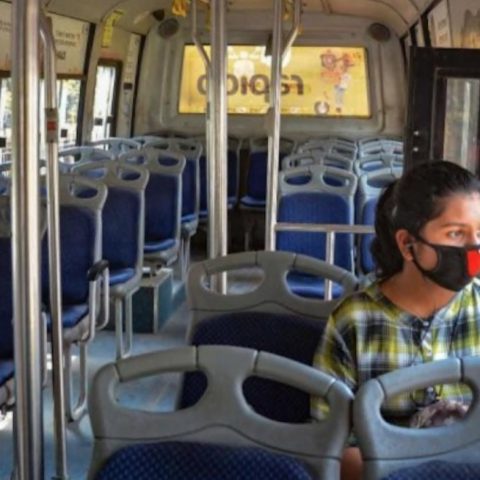
What has been the impact of Covid-19 on bus operations in India? UITP and the World Bank have surveyed bus operators across India to better understand the topic. Therefore, a new Statistic Brief was published, in order to provide an overview on the specific challenges faced by the sector and practical solutions needed to address them.
According to the survey, more than 60% of the operators believe that both demand and service levels will not be more than 50% of a pre-COVID situation. Operators so far have registered a 90% reduction in ridership. 81% of operators have no ridership at all.
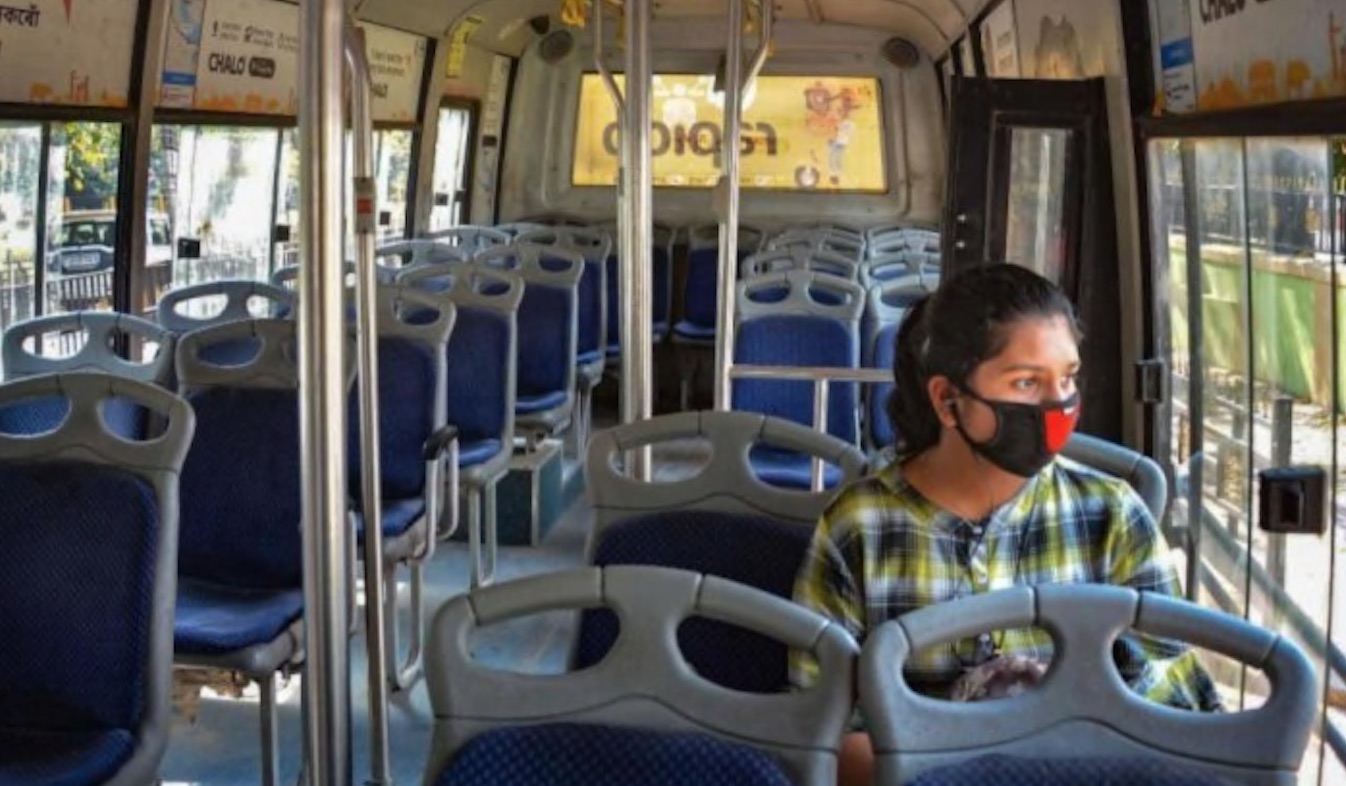
India bus operations during lockdonw
Since 25 March, the Government of India has imposed a lockdown to contain the spread of the coronavirus outbreak – with public transport services limited to essential services only.
The ban on operations during lockdown has caused significant financial losses to operators and it’s predicted that when services resume, demand may not return to pre-lockdown levels due to the norms of physical distancing and passengers’ perceived risk of travelling.
UITP and World Bank, a survey on bus operations in India
Responses to UITP – World Bank survey were received from 27 bus operators covering government, private, urban and inter-city operations. The operators covered include 14 State Transport Undertakings (STUs), two Government- supported urban bus contracting authorities and 11 private operators. 70% of these operators are involved in urban buses, 56% in intercity bus service provision and 52% in rural buses.
Results? 1-2% of services are operational overall and as much as 67% of operators are only operating special services for medical and essential personnel in response to government requests.
“The bus sector is an important part of the public transport landscape in India and the changes brought on by the coronavirus pandemic means we must observe what has happened, and will happen going forward. The objective of the survey was to derive insights that can inform ministries, state Governments and public transport agencies in developing a post-COVID response strategy that best addresses their needs….”, says Rupa Nandy, Head of UITP India
Bus operations in India, what comes after the lockdown?
According to the survey by UITP and World Bank, more than 60% of the operators believe that both demand and service levels will not be more than 50% of a pre-COVID situation. While 12% of the operators believe that the service levels will resume to 75-100%, only 4% believe that that the demand will return to what it was before.
78% believe that it will take more six months from the end of lockdown for the demand levels for buses to reach pre-COVID levels.


